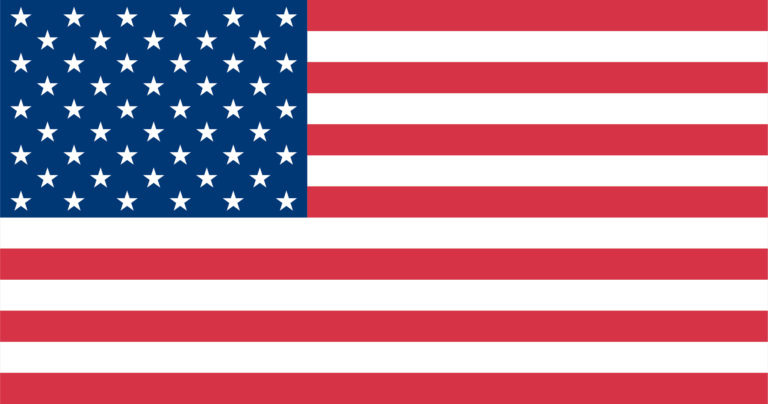The first step to pursuing a degree at a U.S. university is choosing the universities to which you would like to apply. There are over four thousand accredited institutions of higher learning in the United States, so it is important to find the right fit for you!
Understanding your options
When choosing an institution, you will have the choice between a public university and a private college.
Americans also distinguish between four-year universities (where the end result is a bachelor’s degree) and two-year community colleges, or junior colleges (where the end result is an associate’s degree). Many students attend a community college for two years before continuing their bachelor’s degree at a university. As community college tuition is usually significantly less expensive than tuition at a four-year university, this can be a practical, money-saving option for many students!
Make sure that you are applying to accredited universities, institutions that have been peer-reviewed and are considered reputable! You can double check the accreditation status of your school through the Council for Higher Education Accreditation at www.chea.org/search or the Department of Education at ope.ed.gov/accreditation.
Finding the right fit
When choosing a university, some major factors to consider include the institution’s academic profile, the overall student experience, cost and financial aid options, and student support services.
Academic Profile
- Focus of university: There are a wide range of universities, from small liberal arts institutions that offer only undergraduate degrees to big research institutions with large populations of grad school students.
- Majors and minors offered: It’s crucial to make sure that the universities to which you are applying offer the majors and/or minors you are looking for! While all universities offer degrees in the usual academic fields, students wishing to pursue a bachelor’s degree in a more specialized field (such as engineering, forestry, or education) must seek out universities which offer these degrees.
- Selectivity: ie., how hard it is to get in.
- Credit given for AP/IB courses: Are you enrolled in an International Baccalaureate program? Many U.S. universities will give students credit for the IB classes they took in high school, which can save you time and money.
- Class size (‘student/faculty’ ratio vs. average class size)
- Research opportunities for undergraduates
Overall Experience
What kind of experience do you want to have outside of the classroom? Are you interested in living in a big city, or would you rather spend four years on a traditional residential campus? Some factors to consider when imaging your ideal student experience include:
- Size: Enrollment at U.S. universities can vary from under 1,000 to over 35,000. Some foreign students feel lost in these very large institutions and, at present, small private colleges show more interest in receiving applications from foreign students.
- University culture: Do you want to go to a university where most students live on or near campus, or would you prefer a ‘commuter school’ where most students travel home on the weekends? Are you interested in joining a fraternity or sorority? What about participating in student clubs and organizations, or playing a sport? Be aware of what sort of options are available for students outside of the classroom.
- Setting: Some universities in big towns have many commuters, which means there is relatively little campus life, and this is usually a less suitable environment for foreign students. However, urban campuses usually have higher access to public transportation, which may make your experience easier!
Student Support Services
- Academic Advising & Support
- Career Center: University Career Centers can be an invaluable resource for students, offering opportunities for internships and mentoring as well as a connection to an active alumni association.
- Student Wellness: Look for universities that prioritize students’ mental and physical health! This may include student recreation facilities, an on-campus health center, and/or mental health and counseling facilities.
- International Student Services
Cost and Financial Aid
A bachelor’s degree from a U.S. university does not come cheap. Compared to other countries, higher education is very costly in the United States. Tuition alone varies from approximately $5,000 in state-supported institutions to $30,000 in some large private institutions. These figures cover only tuition and do not include factors like transportation, books, health insurance, and living expenses. Every school is mandated to have a cost calculator on their website. This tool will allow you to estimate the total cost of attending the university!
While the majority of international students finance their studies through personal or family funds, there are also financial aid options available.
Learn more
Some websites are independent of colleges and universities and allow you to search for institutions by the subject you are interested in studying, by geographic preference, or by a range of other criteria that you specify. We provides links to a number of different college search engines such as the ones listed below:
For questions about admissions requirements, student experience, and financial aid, the best sources of information are the websites of the universities and colleges to which you’re interested in applying. Some university websites may even offer virtual campus tours for international students!


